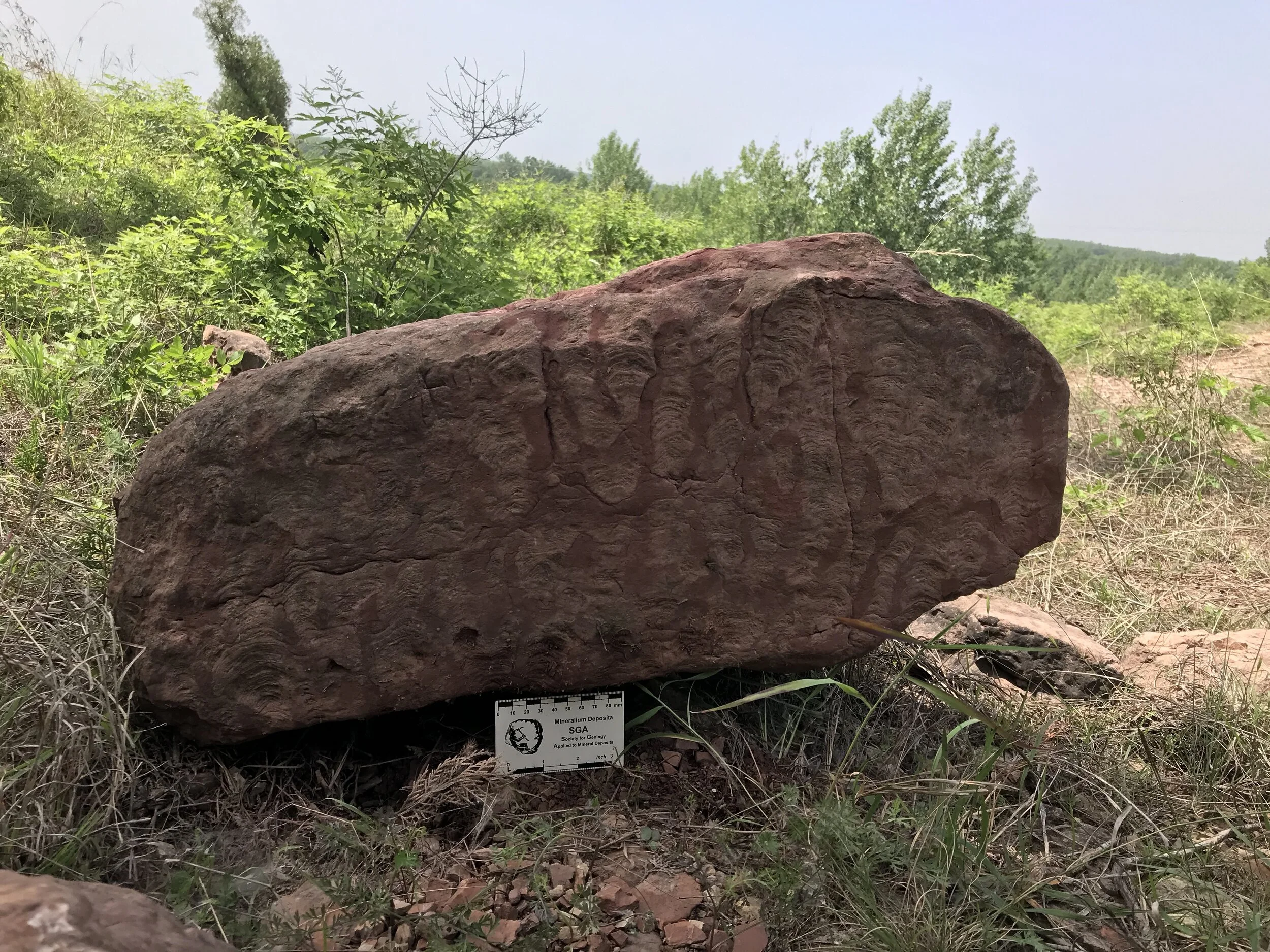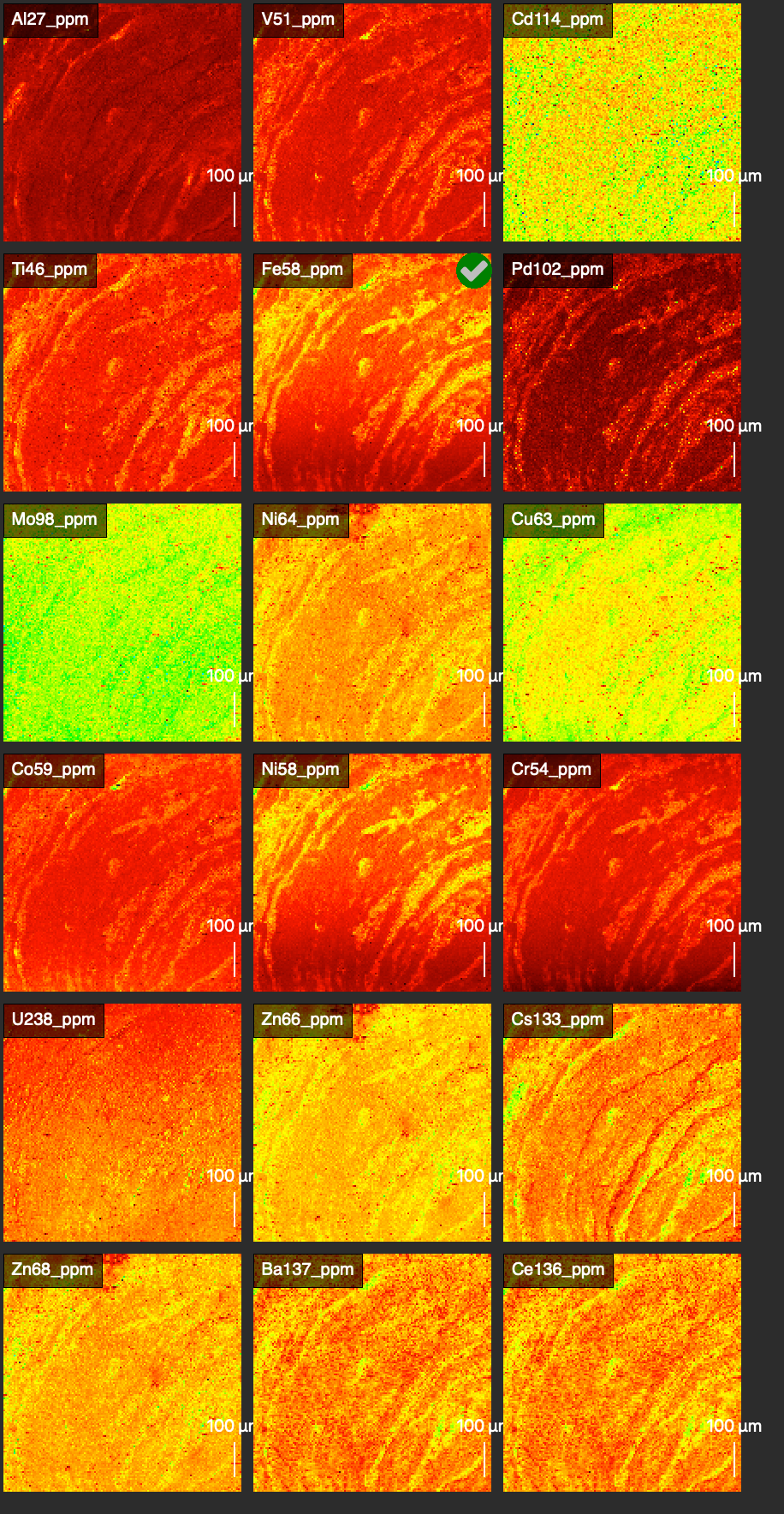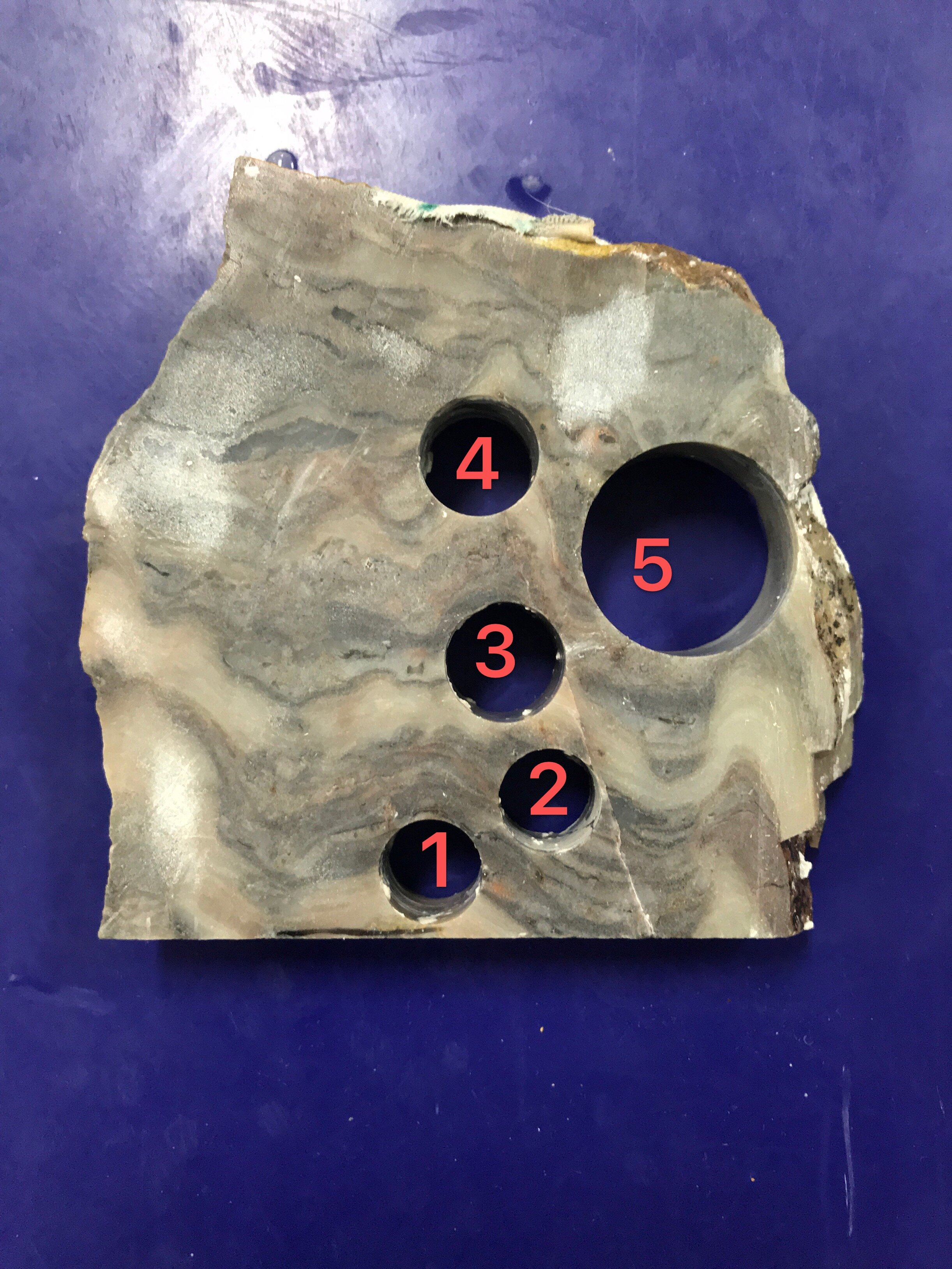My research focus: studying the interactions of the biosphere-hydrosphere-atmosphere and lithosphere
The evolution of the modern oxygen-rich atmosphere and oceans apparently occurred in two major steps. The first major oxygenation step to levels higher than 10-5 present atmospheric level (PAL) was discovered by the diminishing of mass-independent fractionation signals (MIF) of sulphur isotopes in sediments younger than 2.45 Ga. The second major oxygenation step took place in the late Neoproterozoic 0.8 – 0.6 Ma ago. It was until then, that deep ocean ventilation was not completely achieved and bio-essential but redox-sensitive metals bound in anoxic deep ocean sediments were not as available as in modern oceans. This restraint of bio-essential metals may also have restricted the evolution of animals before the late Neoproterozoic.
Some striking geochemical results from global occurring terminal Proterozoic marine sediment records suggest that the oceans of this period finally underwent a stepwise and protracted oxidation resulting in a stratified water column with an anoxic deep oceanic and an oxic upper oceanic realm. The reasons for the oxygenation in the late Neoproterozoic are still debated.
One possible hypothesis suggests that glacial melting increased nutrient influx and postglacial phosphate flux to the oceans, triggering primary productivity and subsequent burial of organic matter. Recent publications point out that the weathering environment on the continents changed from a solely physical to a biochemical weathering due to the evolution of fungi and lichen leading to the formation of fine grained soils and entrapment of the organic matter in the elevated deep sea sediment accumulation. The organic matter burial finally resulted in a net increase in pO2 as less oxygen is consumed for its oxidation. An alternative hypothesis by is the establishment of a positive feedback system of evolution of complex eukaryotes, benthic filter feeding, phosphorous removal and deep ocean oxygenation However, while more and more geochemical studies point out that oxygenation and coeval emergence of higher organisms occurred in the terminal Proterozoic.
My research includes a variety of rock samples covering all Eons of Earth’s history. I am most interested in sedimentary rocks that have been formed under the presence of life in aquatic environments at times of major environmental changes such as major redox perturbations glaciations.
Arguably one of best archives for studying changes in the biosphere-atmosphere-hydrosphere and the cycling of bio-essential trace metals are stromatolites, i.e. lithified microbial mats as they occur over a tine span of 3.4 Ga on our planet and may be the keystone to not only understand how the earliest life on Earth but also other planets may have evolved.
New geochemical proxies nowadays broaden our toolbox for pinpointing the onset of the biological radiation and environmental reconstructions. My team and me working on a variety of different approaches to get a more complete picture of the biogeochemical metal cycling within microbial communities on a micro scale within the water column of quaternary ocean systems on a macro scale.
Shanghai, 2023 Simon V. Hohl, Associate Professor - Tongji University












